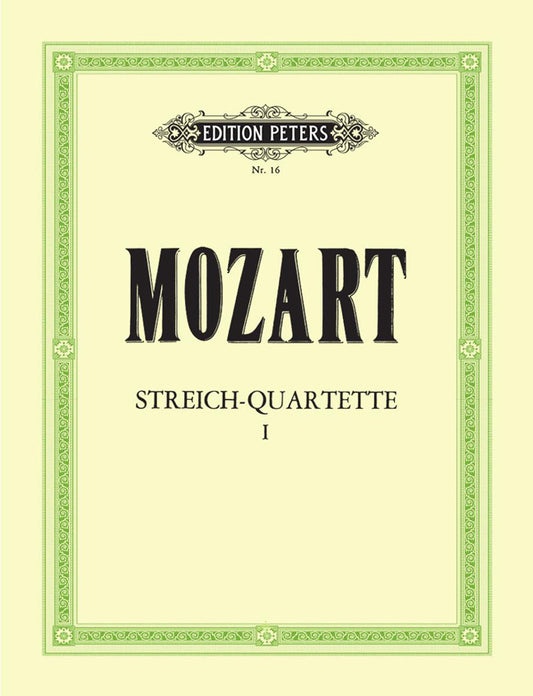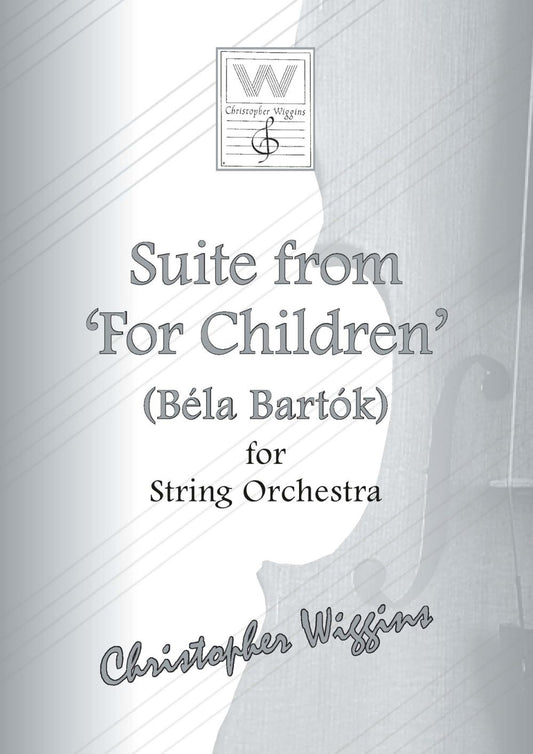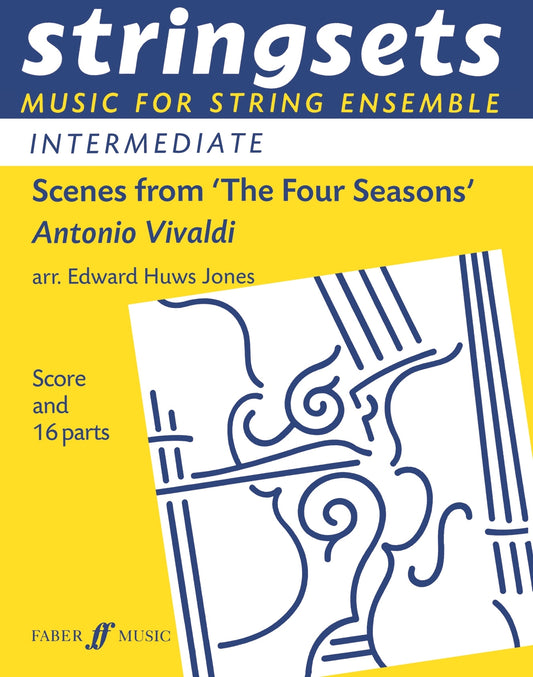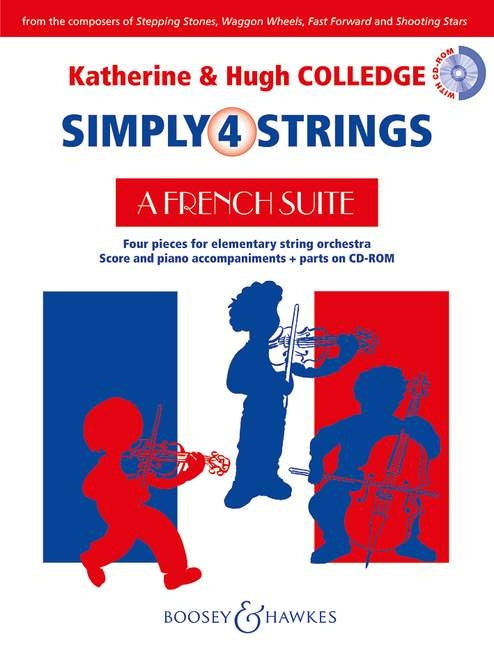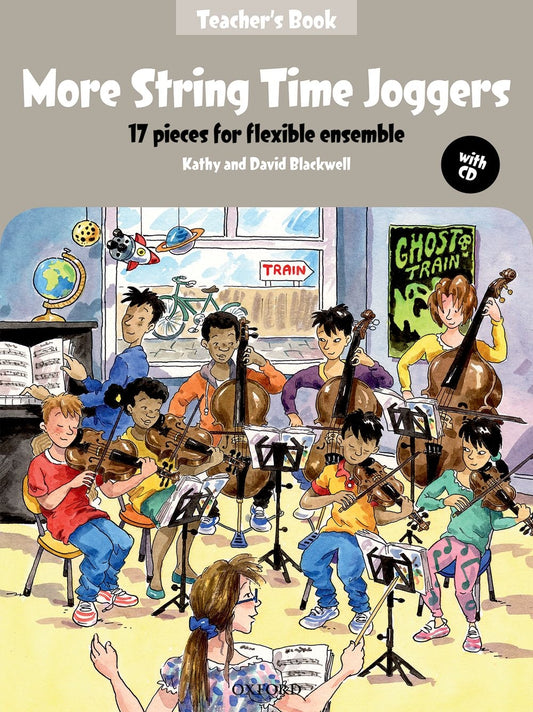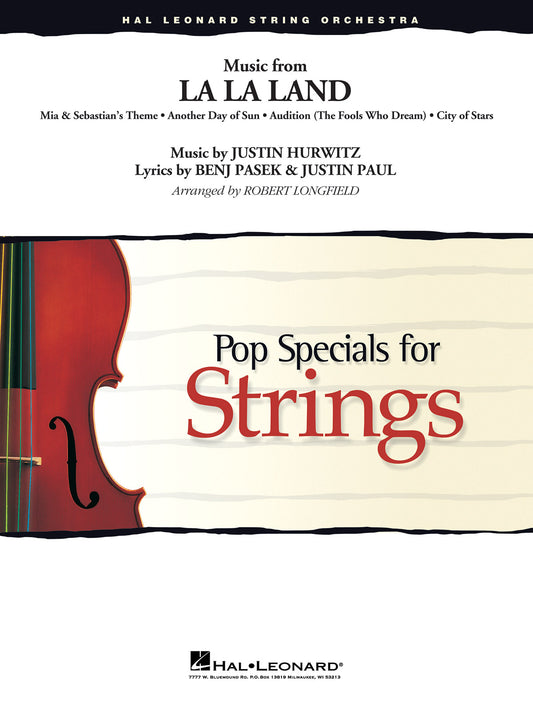-
Nelson Octotunes (score & parts) BH
Regular price £17.50Regular priceUnit price / per -
Gems for Violin Ensembles 3 BK&CD FM
Regular price £17.50Regular priceUnit price / per -
Dvorak Terzetto Cmin Op74 2Vlns&Vla HN
Regular price £11.99Regular priceUnit price / per -
Wiggins: Six for Five Op.148 - String Ensemble - Score & Parts
Regular price £18.60Regular priceUnit price / per -
Haydn String Trios Book 3 HN Parts
Regular price £31.50Regular priceUnit price / per -
Haydn: String Trios - Book 2 - Henle - Parts - HN425
Regular price £36.50Regular priceUnit price / per -
Haydn: String Trios - Book 1 - Henle - Parts - HN424
Regular price £47.50Regular priceUnit price / per -
Mozart String Quartets Vol 1 PET16
Regular price £52.00Regular priceUnit price / per -
Broadway Favourites For Strings Bk+CD
Regular price £22.50Regular priceUnit price / per -
Kelly Three Spanish Pieces 4 Cellos Clif
Regular price £13.95Regular priceUnit price / per -
Cellos Go Latin Cello 4tet arr Kershaw C
Regular price £15.95Regular priceUnit price / per -
Bartok Suite for Children String Orch
Regular price £30.95Regular priceUnit price / per -
Stringsets Scenes from Four Seasons Int
Regular price £24.99Regular priceUnit price / per -
European Childrens Songs Vol1 EMB Str E
Regular price £28.99Regular priceUnit price / per -
Simply 4 Strings French Suite+CDRom
Regular price £23.50Regular priceUnit price / per -
More String Time Joggers Teachers Bk OU
Regular price £27.25Regular priceUnit price / per -
Open Strings Orchestra Ens Gr0-3 John W
Regular price £14.50Regular priceUnit price / per -
La La Land Pop Specials for String Orch
Regular price £49.99Regular priceUnit price / per -
Joubert In Retrospect Op159 sc+pts Str
Regular price £10.00Regular priceUnit price / per -
Easy Latin Str Orch Op STr-Gr1 John Wid
Regular price £13.99Regular priceUnit price / per
Collection:
Sheet music for string ensemble refers to compositions written for a group of string instruments, typically including violins, violas, cellos, and double basses, but it can range from small groups (like string trios or quartets) to larger orchestral arrangements. This genre offers a wide variety of textures and ranges from intimate chamber music to the full-bodied sound of string orchestras.
History:
-
Early Beginnings: The concept of string ensembles dates back to the Baroque period (1600–1750), where composers like Antonio Vivaldi and Arcangelo Corelli wrote for small string groups, sometimes with basso continuo. String ensembles were often used in orchestras, but also in chamber music settings.
-
Classical Era: During the Classical period (1750–1820), string ensembles flourished. Composers like Joseph Haydn and Wolfgang Amadeus Mozart began to formalize and refine the concept of chamber music, writing string quartets, quintets, and larger string ensembles. These works focused on sophisticated dialogue between instruments, with parts written specifically for each instrument.
-
Romantic Era: In the 19th century, composers like Felix Mendelssohn, Johannes Brahms, and Pyotr Ilyich Tchaikovsky wrote string ensemble works that expanded in both complexity and expressiveness. The formation of string orchestras and larger ensembles became more common, as composers began experimenting with richer harmonies and more intricate interplay between the instruments. Mendelssohn's Octet for Strings in E-flat major, Op. 20 is a prime example of the romantic use of string ensembles.
-
20th Century: The 20th century saw further evolution in string ensemble music, with composers like Igor Stravinsky, Béla Bartók, and Samuel Barber exploring new techniques, dissonance, and rhythmic innovation. String orchestras became an important part of the modern symphony orchestra, and smaller string ensembles (such as string trios and quartets) continued to be a vital part of the chamber music tradition.
Today, string ensembles are integral in both classical and contemporary music, with composers using them to explore a wide range of sonic possibilities, from delicate chamber works to bold, experimental performances.








